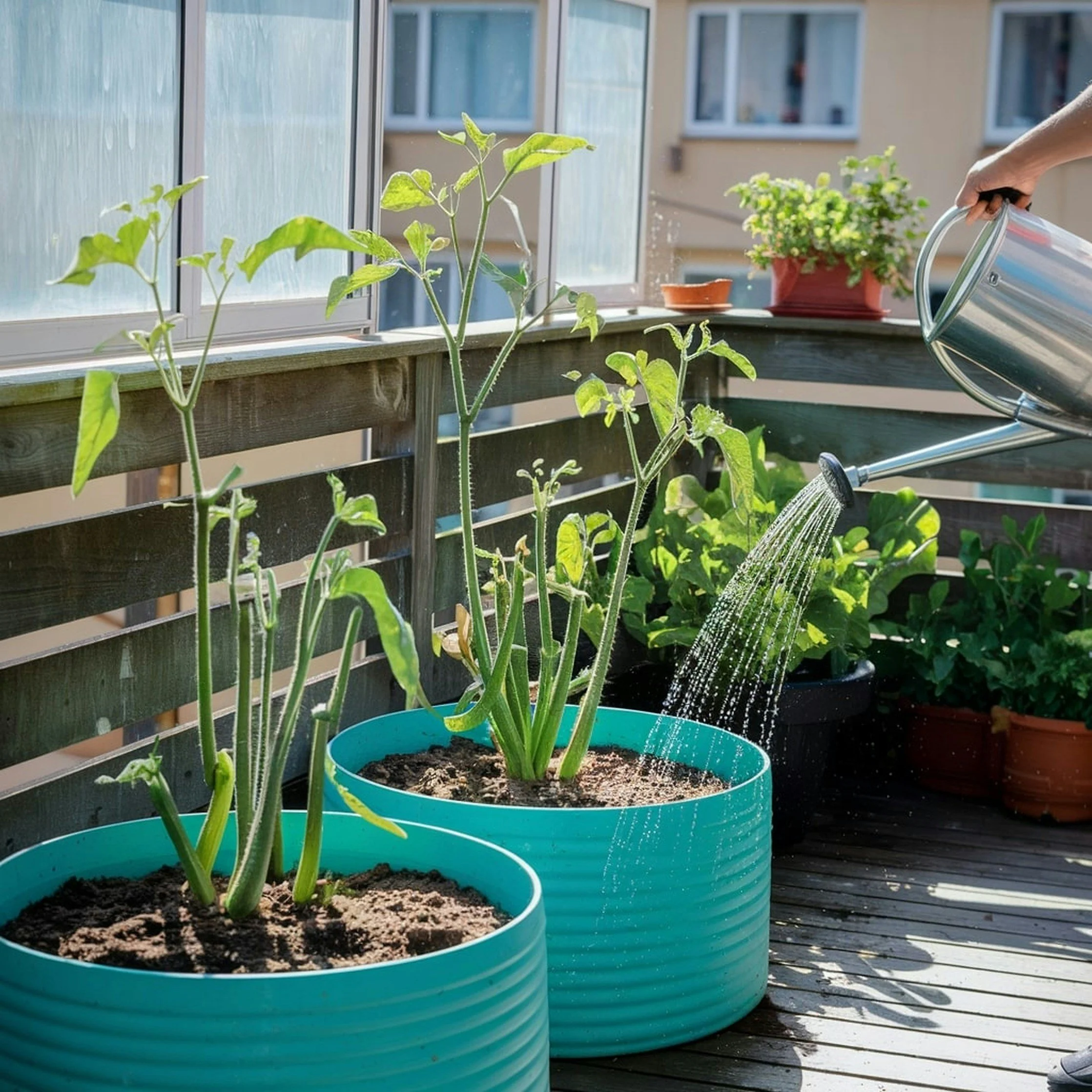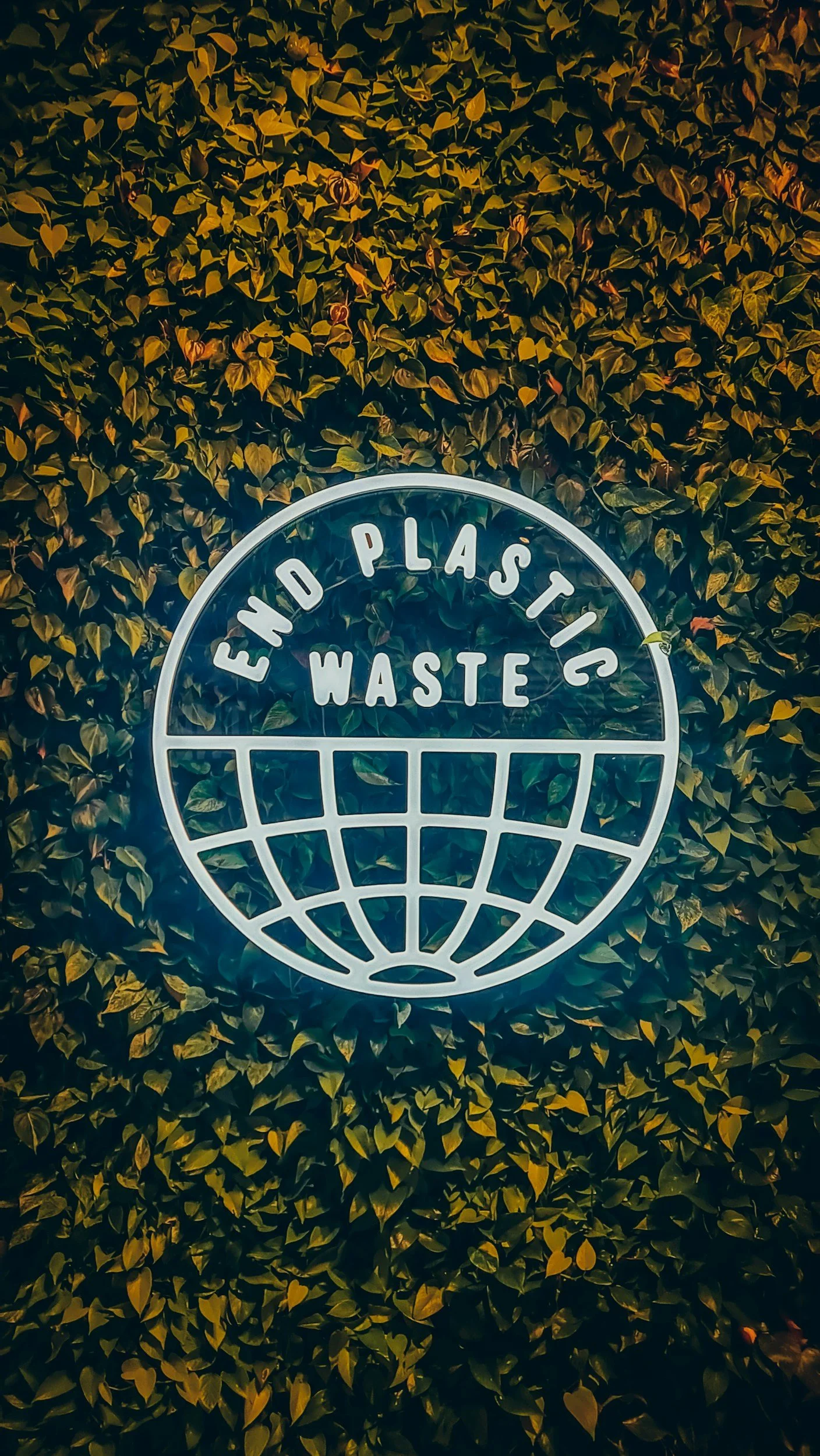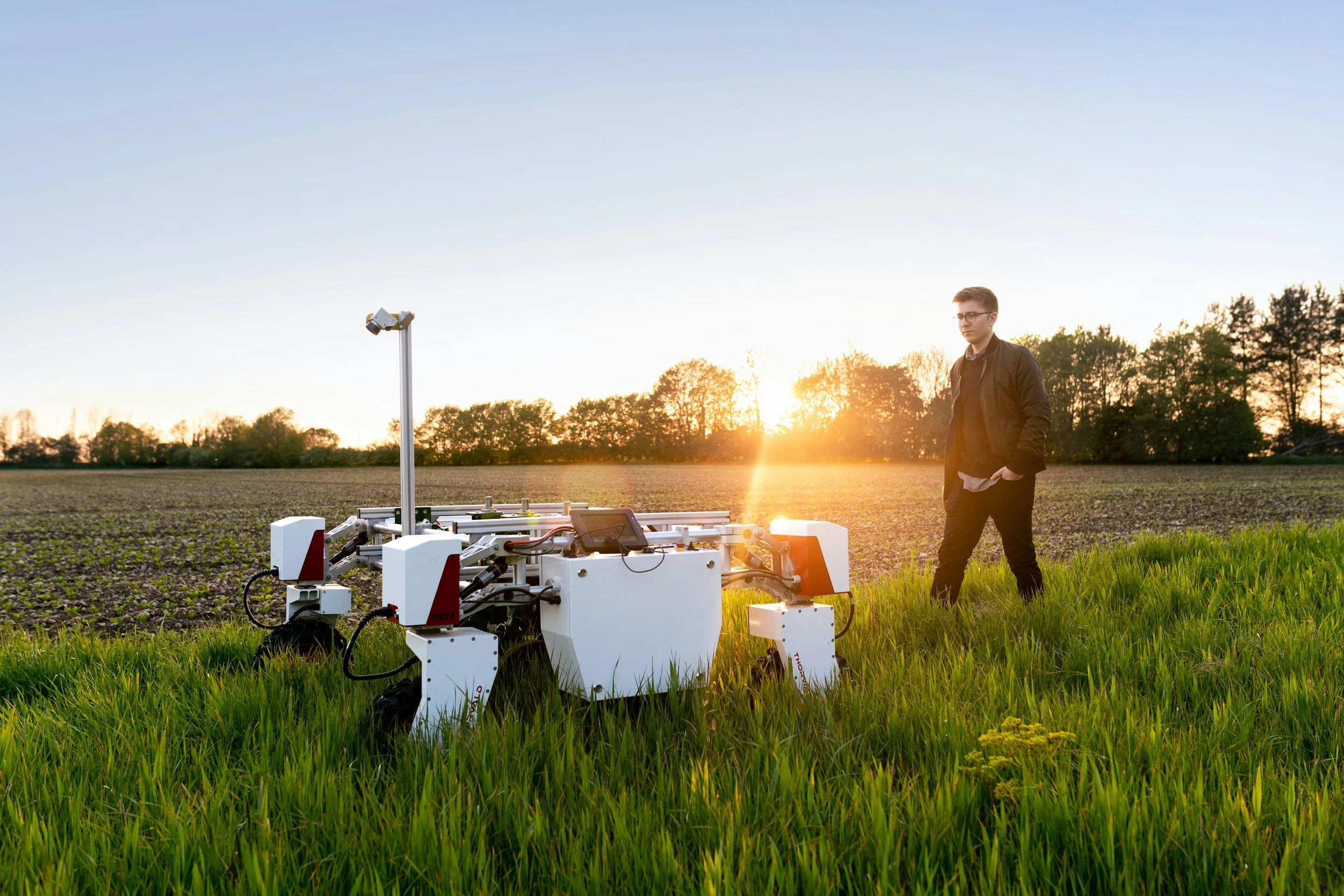5 Ways Closed System Transfer Devices Benefit the Environment
/The importance of protecting the environment cannot be overstated. As we face an increasing number of environmental challenges, it's more important than ever to prioritize sustainable solutions. One area where significant progress has been made is in the development of a Closed System Transfer Device (CSTDs) for the safe handling of hazardous drugs. These devices, which are designed to prevent leaks and spills during the transfer of medication, offer numerous benefits for our planet. In this article, we'll explore five key advantages of CSTDs for the environment, from reducing the risk of contamination to minimizing waste and promoting sustainability. Whether you're a healthcare professional or simply someone interested in protecting our planet, understanding the benefits of CSTDs is crucial to building a more sustainable future. So let's dig in and explore the ways in which these innovative devices are making a difference for our planet.
How CSTDs work
Before we dive into the benefits of CSTDs for the environment, it's important to understand how these devices work. CSTDs are designed to prevent the escape of hazardous drugs during the transfer process, thereby reducing the risk of contamination for healthcare workers and the environment. These devices typically consist of a series of interconnected components that create a closed system, preventing hazardous drugs from leaking out during the transfer process.
CSTDs can be used during a variety of medication management processes, including drug preparation, transportation, and administration. By containing hazardous drugs within a closed system, CSTDs help to minimize the risk of exposure to healthcare workers and the environment. This is especially important, given the potentially harmful effects of hazardous drugs on human health and the environment.
In addition to their ability to prevent leaks and spills, CSTDs also offer a number of benefits for the environment. Let's take a closer look at some of these benefits.
Benefits of using CSTDs for the environment
Reduced risk of contamination
Perhaps the most significant benefit of CSTDs for the environment is their ability to reduce the risk of contamination. When hazardous drugs are not properly contained during the transfer process, they can easily escape into the environment, potentially contaminating water supplies, soil, and air. This can have serious consequences for human health and the health of the environment.
CSTDs offer a solution to this problem by creating a closed system that prevents hazardous drugs from leaking out during the transfer process. By containing these drugs within a closed system, CSTDs help to minimize the risk of contamination.
Minimized waste
Another benefit of CSTDs is that they can help to minimize waste. When hazardous drugs are not properly contained during the transfer process, they may need to be disposed of as hazardous waste. This can be costly and time-consuming, not to mention harmful to the environment.
By preventing leaks and spills during the transfer process, CSTDs help to minimize waste by ensuring that hazardous drugs are properly contained and do not need to be disposed of as hazardous waste. This not only saves time and money but also promotes sustainability by reducing the amount of hazardous waste that needs to be discarded.
Reduced energy consumption
CSTDs can also help to reduce energy consumption, another important factor in protecting the environment. When hazardous drugs are not properly contained during the transfer process, they may need to be reconstituted or prepared again, which can be time-consuming and require additional energy.
By preventing leaks and spills during the transfer process, CSTDs help to minimize the need for reconstitution or preparation, reducing the amount of energy required. This not only saves time and money but also promotes sustainability by reducing the consumption of resources.
Improved safety for healthcare workers
While the focus of this article is on the benefits of CSTDs for the environment, it's also important to note that these devices offer significant benefits for healthcare workers as well. By preventing leaks and spills during the transfer process, CSTDs help to minimize the risk of exposure to hazardous drugs, protecting the health and safety of healthcare workers.
Improved safety for healthcare workers is not only important in its own right but can also have a positive impact on the environment. When healthcare workers are protected from exposure to hazardous drugs, they are better able to carry out their work safely and efficiently, reducing the risk of mistakes or accidents that could harm the environment.
Cost-effectiveness of CSTDs
Finally, CSTDs can also be cost-effective, another important factor in promoting sustainability. While the initial cost of implementing CSTDs may be higher than traditional transfer methods, the long-term cost savings can be significant.
By minimizing waste, reducing energy consumption, and improving the safety of healthcare workers, CSTDs can help to reduce costs and promote sustainability in the long term. This makes them an attractive option for healthcare facilities looking to promote sustainable practices while also ensuring high-quality care.
The future of CSTDs and environmental protection
As the importance of protecting the environment continues to grow, it's likely that we'll see increasing adoption of CSTDs in healthcare facilities around the world. In addition to the benefits outlined above, CSTDs also offer a number of other advantages, including reduced risk of medication errors and improved medication stability.
As technology continues to evolve, we may also see further developments in CSTDs, including the integration of smart technology and increased automation. These advancements could further improve the safety and sustainability of medication management processes, helping to protect both healthcare workers and the environment.
Examples of successful implementation of CSTDs
There are many examples of successful implementation of CSTDs in healthcare facilities around the world. One such example is the University of Texas MD Anderson Cancer Center, which implemented CSTDs in 2011. Since then, the facility has seen a significant reduction in the amount of hazardous waste generated, as well as improved safety for healthcare workers.
Another example is the Royal Marsden NHS Foundation Trust in the UK, which implemented CSTDs in 2015. The facility has reported improved safety for healthcare workers and a reduction in medication errors, as well as cost savings and reduced waste.
These examples demonstrate the potential benefits of CSTDs for both healthcare facilities and the environment. By implementing these devices, healthcare facilities can promote sustainable practices while also improving the safety and quality of care.
How to implement CSTDs
If you're interested in implementing CSTDs in your healthcare facility, there are several steps you can take. First, research available options and choose a CSTD that meets your needs and budget. Next, train healthcare workers on the proper use of the device, including how to properly connect and disconnect its components.
It's also important to develop policies and procedures around the use of CSTDs, including proper disposal of components and the handling of hazardous waste. Finally, monitor the use of CSTDs and regularly evaluate their effectiveness, making adjustments as needed.
Conclusion
In conclusion, CSTDs offer numerous benefits for the environment, from reducing the risk of contamination to minimizing waste and promoting sustainability. By containing hazardous drugs within a closed system, these devices help to protect both healthcare workers and the environment, making them an essential tool in the fight for a more sustainable future.
like this? Please pin!
As healthcare facilities around the world continue to prioritize sustainability, it's likely that we'll see increasing adoption of CSTDs in the coming years. By implementing these devices and promoting sustainable practices, healthcare facilities can protect both the health of their patients and the health of our planet.
About the Author:
Joyce Augustine graduated from Utah Valley University with a degree in communication and writing. In her spare time, she loves to dance, read, and bake. She also enjoys traveling and scouting out new brunch locations.











































Climate change is no longer a distant idea. It affects supply chains, customer choices, business costs, and long-term growth. According to studies, just 100 companies are responsible for nearly 71% of global gas emissions. Leaders know this, but they still struggle to balance climate goals with everyday operations. Tight budgets, rising costs, and complex reporting rules make it hard to know where to start.